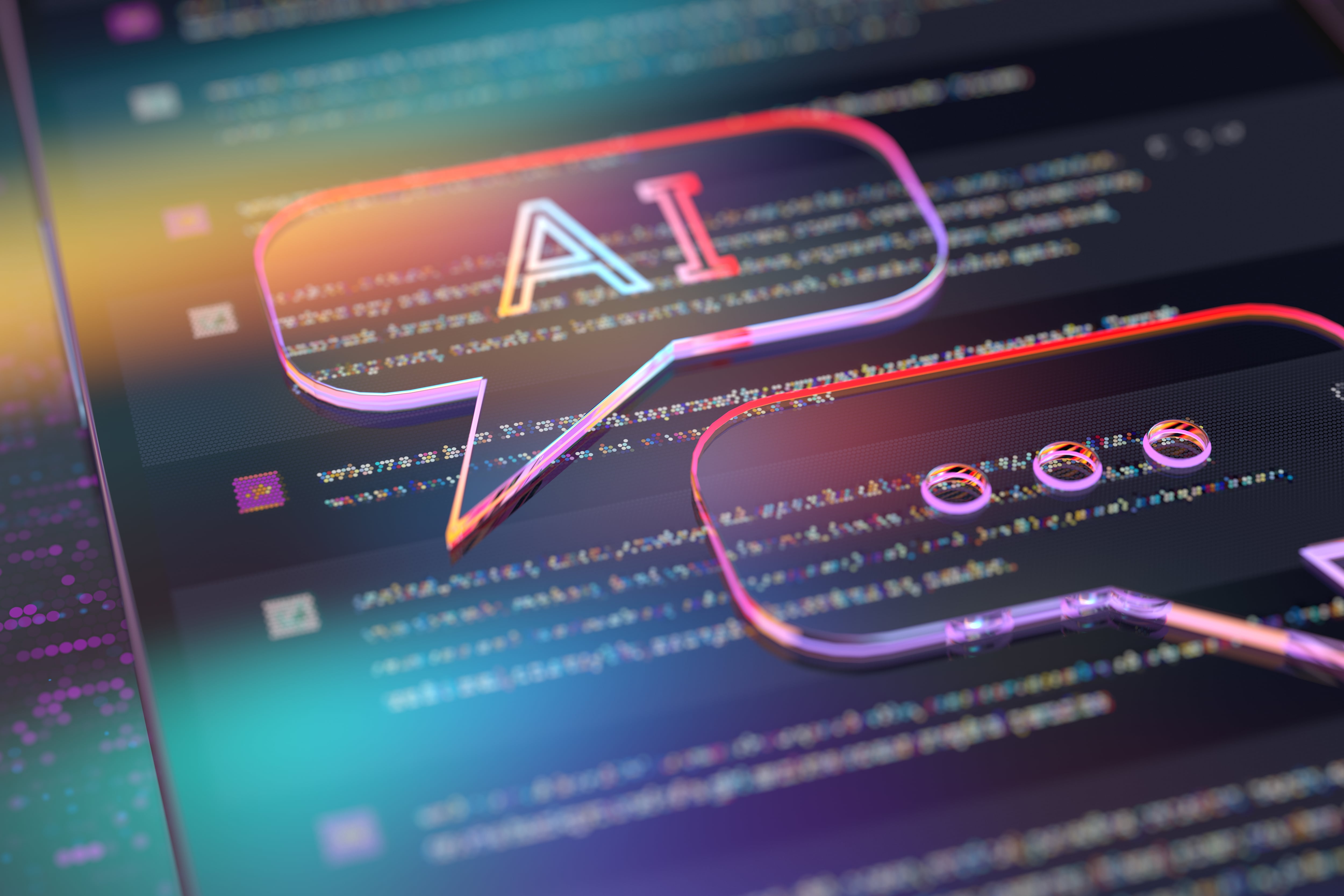Artificial Intelligence (AI) is transforming the landscape of education, offering innovative solutions to enhance teaching and learning. From personalized learning experiences to streamlining administrative tasks, AI is playing an increasingly significant role in shaping the future of education.
One of the most notable benefits of AI in education is its ability to offer personalized learning. AI-powered systems can analyze individual student data, such as learning pace, strengths, and weaknesses, to tailor educational content to each student’s needs. This personalized approach helps students progress at their own speed and receive targeted support in areas where they may be struggling, leading to better outcomes and engagement.
AI is also enhancing the efficiency of administrative tasks. Automation tools can assist in grading, scheduling, and attendance tracking, reducing the administrative burden on teachers. This allows educators to spend more time focusing on student interaction and lesson planning. AI can even assist in identifying at-risk students by analyzing patterns in their performance, enabling timely intervention to provide the necessary support.
Another impact of AI is in the development of intelligent tutoring systems. These systems can simulate one-on-one tutoring experiences, providing students with additional help outside the classroom. AI tutors are available 24/7, offering immediate feedback and assistance on a wide range of subjects, thus bridging gaps in learning when teachers may not be available.
However, the integration of AI into education also raises concerns about data privacy and equity. It’s essential to ensure that AI systems are used responsibly and that all students have access to these advancements, regardless of socioeconomic background.
Overall, AI holds great promise for enhancing educational experiences, improving outcomes, and making learning more accessible. As the technology evolves, its potential to reshape education continues to grow.




Post a Comment